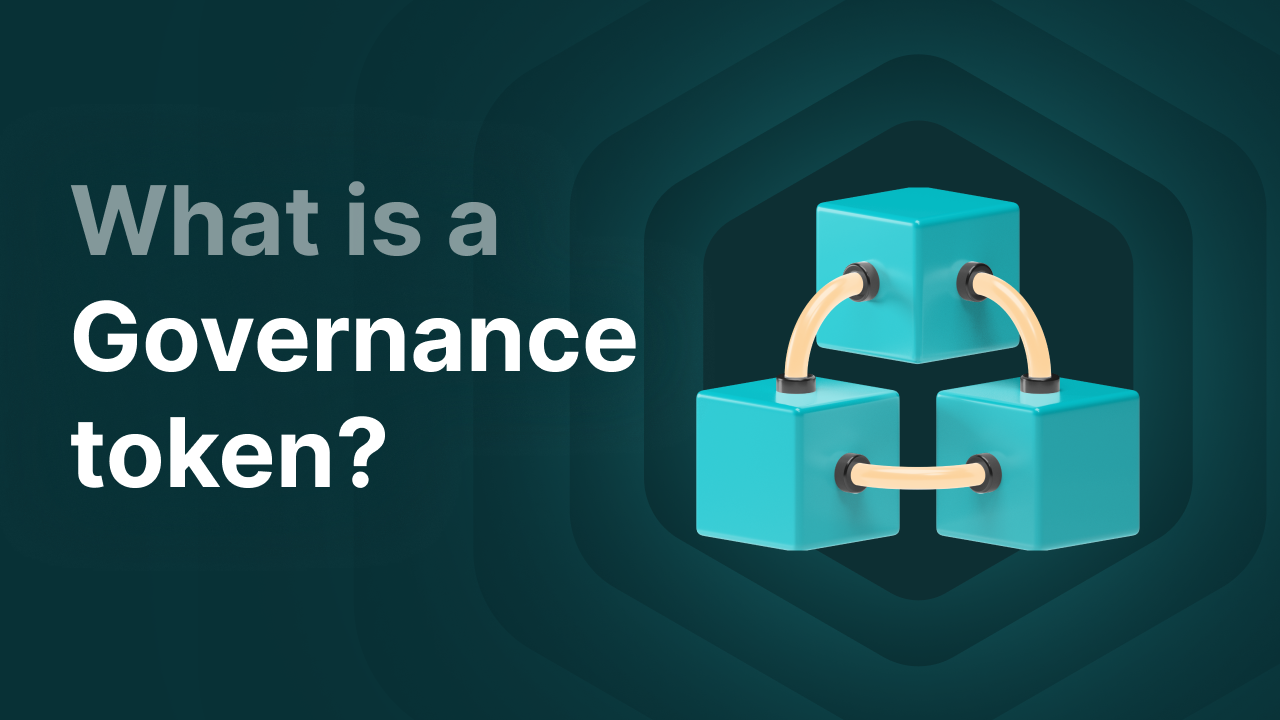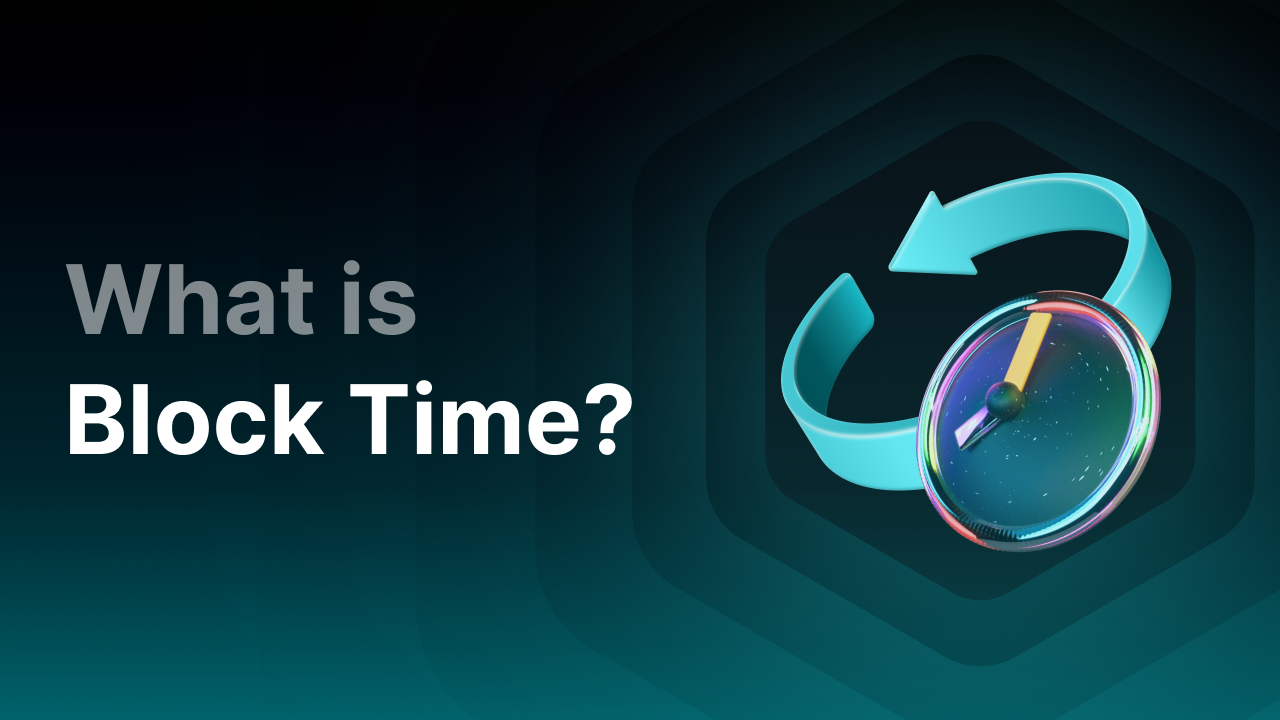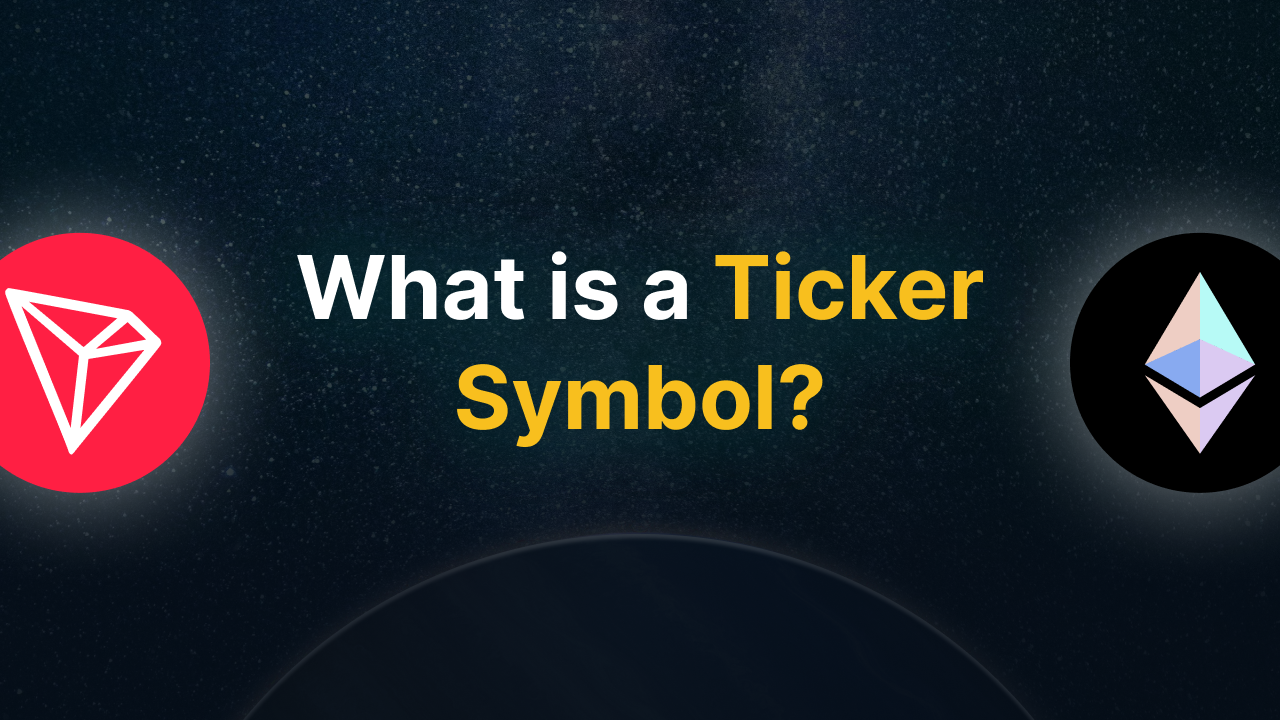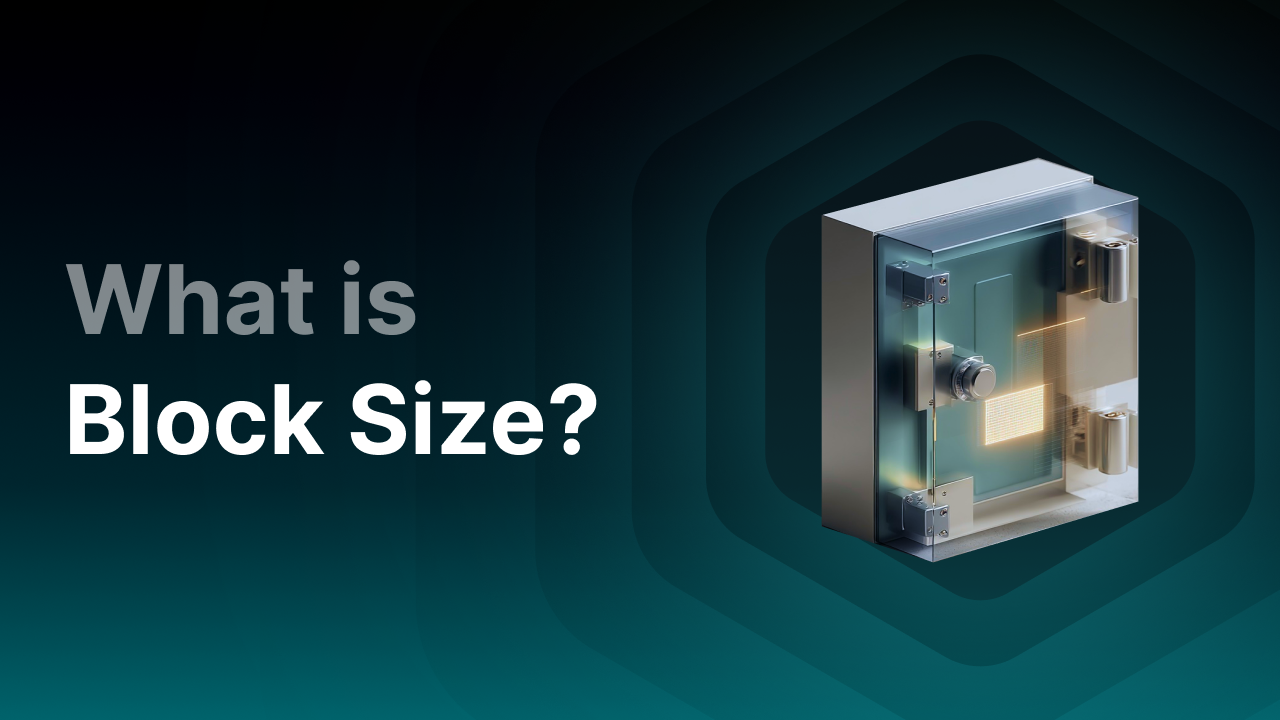What are the different crypto order types?
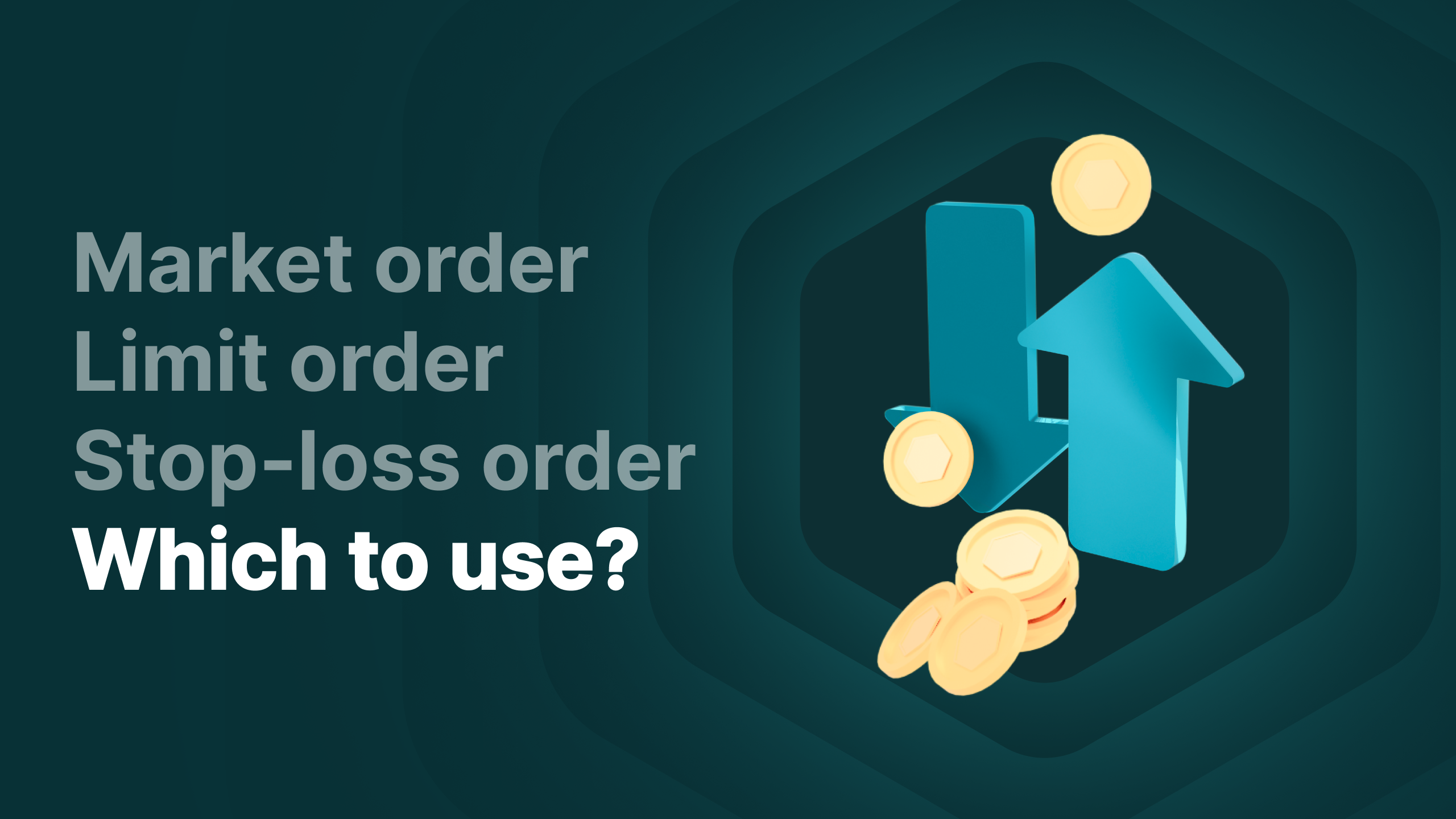
What is a crypto order type?
Crypto order types are ways in which you can execute a buy or sell of cryptocurrency. The three most common types are: market orders, limit orders, and stop-loss orders. Each type has its own features and is suited for different trading goals. In this article, we’ll explain what these order types are, when to use them, and the benefits and risks of each. By understanding them well, you can make smarter decisions and improve your trading strategy.
Key Takeaways
-
A market order executes a buy or sell immediately at the current market price.
-
A limit order sets a specific price at which you want to buy or sell.
-
A stop-loss order automatically triggers a sale when a minimum price is reached.
-
Market orders offer speed but no price certainty.
-
Limit orders give price control but may not be executed.
-
Stop-loss orders reduce losses during price drops but don’t guarantee an exact price.
-
Finst offers all three order types, easily accessible via the platform.
What crypto order types are available on Finst?
On Finst, you can use three different order types: market orders, limit orders, and stop-loss orders. We'll explain each one and how you can use them on our platform.
What is a market order?
Let’s start with the simplest and most well-known order type: the market order. This is an instruction to buy or sell cryptocurrency immediately at the best available price.
Market orders are beneficial because they’re executed right away, and you're guaranteed that the trade will go through. They’re ideal for traders who prioritize speed over price.
Two downsides of market orders are that they can be affected by slippage—meaning they may not be filled at the expected price—and that you can’t cancel them once placed.
Example market order:
Let’s say you want to buy Bitcoin (BTC) right away because you expect the price to rise. You’re not focused on the exact price but just want to buy immediately. You’d place a market order. You’ll automatically buy BTC at the best available price at that moment.
What is a limit order?
A limit order is an instruction to buy or sell a cryptocurrency at your specified price (or better).
The advantage of limit orders is that you have more control over the price and execution. You can set a specific buy or sell price that works for you. A limit order is usually valid for a certain number of days (e.g., 30 days) until it’s executed or until you cancel it. This is known as Good-'til-cancelled (GTC).
Limit orders are added to the order book, a list of all open orders on the platform. Your order will only be executed if there’s a counterparty willing to accept your price. The more activity and liquidity in the order book, the higher the chance your order will be filled quickly (and fully).
On the downside, limit orders don’t guarantee execution, especially if the set price isn’t reached or the amount is unavailable. It’s also important to note that limit orders are executed on a first-come, first-served basis, so your order might not be executed immediately.
Example limit order:
If you set a limit order to buy Ethereum (ETH) at €3,000 or lower, you’ll automatically buy ETH once the price hits €3,000 or below. Likewise, if you set a limit order to sell Ethereum at €3,200 or higher, the order will be automatically executed once your price is met.
What is a stop-loss order?
A stop-loss order is like a safety net for your crypto investments. It’s designed to limit your potential losses. For example, you can set a stop-loss order below the price at which you bought your crypto. Once that stop price is hit, a market order is triggered and executed. Be aware that if the price drops quickly, you may lose slightly more than your stop price. Also, stop-loss orders apply only to sell orders.
The key benefit of a stop-loss order is that it’s free to set. You only pay the standard trading fee (0,15%) when your stop-loss price is triggered and your crypto is sold.
The main drawback is that a short-term price dip can trigger the stop-loss. It’s crucial to choose a stop-loss percentage that fits the daily volatility of your crypto while minimizing potential losses. For instance, setting a 5% stop-loss on a crypto that often fluctuates by over 10% per week may not be effective. In that case, you mainly risk losing money due to the fees paid to execute the stop-loss.
Stop-loss orders aren’t just for limiting losses—they’re also often used by active traders to lock in profits without immediately closing their position. Let’s say you buy Bitcoin at €100,000 and the price rises to €120,000. You can set a stop-loss at €115,000. If the price drops, your position is sold automatically, preserving most of the profit. If the price rises further, say to €130,000, you can move the stop-loss to €125,000. This way, the stop-loss follows the market and helps reduce risk while locking in gains.
How to use a stop-loss order:
Let’s say you buy Solana (SOL) at €170 per coin. You set a stop-loss at €150. If the price drops to €150, your Solana is automatically sold to prevent further losses. In a fast drop scenario, you might end up selling at €148 instead of €150.
Using crypto order types on Finst
Now that you know how market, limit, and stop-loss orders work, you can take more targeted action on the Finst platform. Each order type offers unique advantages: speed, price control, or risk reduction. By choosing the right type, you trade smarter and have more control over your investments. Open the Finst app, pick your favorite cryptocurrency, and try out one of the order types yourself. This way, you'll discover which strategy works best for your style and goals as a crypto investor.
Final thoughts
Understanding market, limit, and stop-loss orders gives you more control as an investor and helps you make better trading decisions. A market order is best when speed is important. A limit order is ideal when you're focused on price. A stop-loss order helps protect you from sudden price drops. Each order type has its own benefits and use cases, depending on your strategy and the market. On the Finst platform, you can easily use all of them to trade more confidently and with structure.
